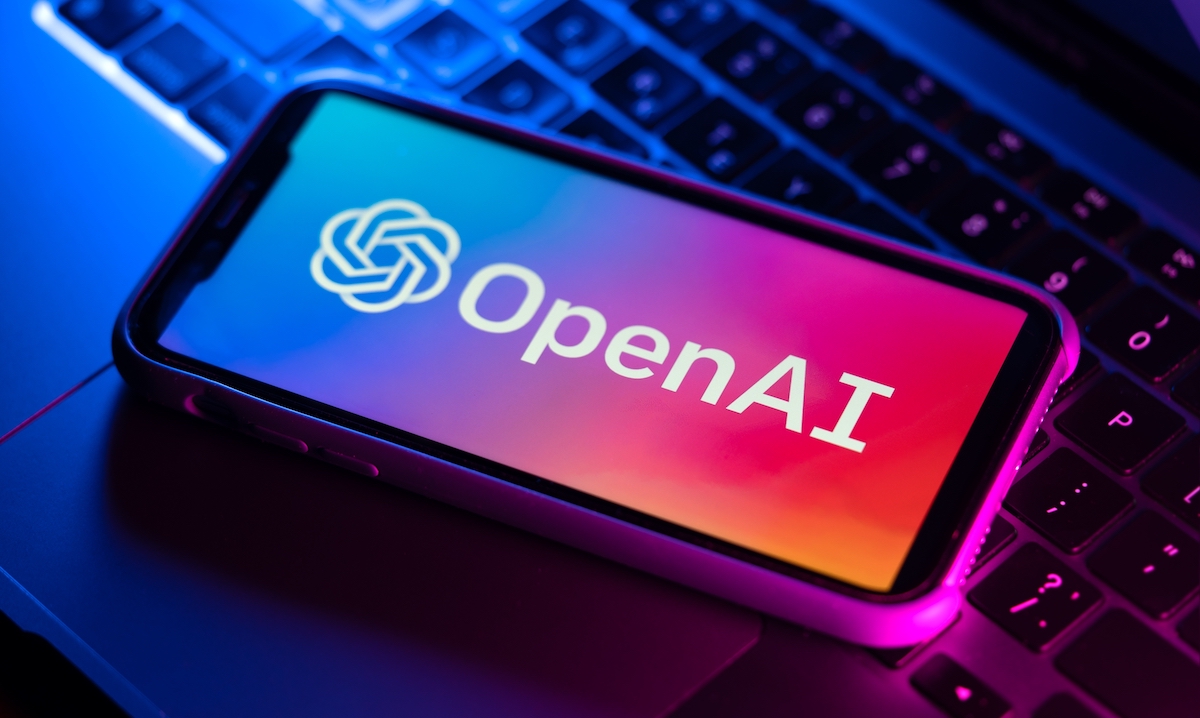OpenAI Creating AI Agent to Take Over Software Engineering Roles

OpenAI’s Latest Innovations in Artificial Intelligence
Understanding A-SWE: The Next Generation of AI Engineering
OpenAI is making significant advances in the field of artificial intelligence (AI), particularly with its new project known as A-SWE. This innovative AI agent is designed to take over the functions of software engineers, enabling it to develop applications, test for quality, debug issues, and create necessary documentation. Sarah Friar, the CFO of OpenAI, discussed these developments during an interview at a recent Goldman Sachs conference.
What is A-SWE?
A-SWE stands for Agentic Software Engineer. Rather than just assisting current software engineers, this AI can independently perform tasks that traditionally require human expertise. Friar explained that A-SWE is built to do the jobs that software developers often dislike—tasks like quality assurance testing and bug fixes. By automating these processes, organizations could significantly boost their software engineering efficiency.
OpenAI’s A-SWE represents a leap into a new phase of AI development, where systems are capable of working autonomously on behalf of users. This is part of a broader vision for AI agents that can perform complex tasks without direct human intervention.
The Evolution of AI Engineering Tools
Last year, Cognition AI introduced its own AI software engineer named Devin, which can manage intricate engineering tasks and utilize standard developer tools. OpenAI’s A-SWE builds on this progress with additional capabilities, placing it as the third agentic tool developed by the organization. The first two include Deep Research, which generates detailed research reports, and Operator, which handles various web tasks like booking travel.
Despite these exciting advancements, experts believe that future iterations of AI agents will push the boundaries of human knowledge, potentially leading to new discoveries that have never been made.
Advances in Emotional Intelligence: GPT-4.5
Another crucial aspect of OpenAI’s development is the latest version of its generative model, GPT-4.5. This model has been carefully trained to possess higher levels of emotional intelligence (EQ). According to Friar, this emphasis on emotional capabilities makes GPT-4.5 not only more effective for technical tasks but also more adept at handling creative assignments like design and writing.
The Human-Like Experience
Friar describes the GPT-4.5 model as feeling "very human," indicating its enhanced ability to understand and interact with users on a more emotional level. This improvement in EQ could also make the model more suitable for tasks requiring creativity, rather than being solely focused on technical, mathematical, or scientific skills.
Workforce Implications
While many view AI advancements as beneficial, there’s a degree of apprehension among human workers. A recent report indicated that over half of respondents believe AI technology carries a significant risk of job displacement. This raises important discussions about the future of work as AI continues to evolve.
OpenAI’s Growth Strategy
Beyond development in AI capabilities, OpenAI is also expanding its business model. The company is transitioning from merely creating AI models to developing comprehensive AI infrastructure and applications. Friar highlighted this shift, mentioning that OpenAI is diving into data center technology, recognizing the importance of owning its intellectual property in this space.
The Stargate Project
A key component of OpenAI’s strategy is the ambitious $500 billion Stargate project aimed at building specialized data centers for AI training. This initiative is in collaboration with companies like SoftBank, Oracle, and Nvidia, and is intended to ensure that OpenAI has sufficient computing power for continuous innovation. Friar compares this effort to Amazon’s decision to create its own cloud services infrastructure rather than outsourcing.
Overcoming Computational Limitations
One of the biggest challenges OpenAI faces is the limitations of computational power, which have previously hindered the rollout of new models. For instance, the release of their video generation model, Sora, was delayed for nearly a year due to computing capacity issues. The Stargate project aims to provide over ten gigawatts of energy, addressing these constraints and facilitating future developments.
OpenAI has experienced remarkable growth, tripling its revenue for three consecutive years. Currently, the platform boasts 400 million active users weekly, showcasing its expanding influence in the field.
Future Aspirations
Although an Initial Public Offering (IPO) is not on the immediate horizon, Friar indicated that it could be a consideration in the future as OpenAI continues to grow and evolve. The focus remains on ongoing innovation and maintaining the momentum that has contributed to its rapid expansion in the AI sector.






